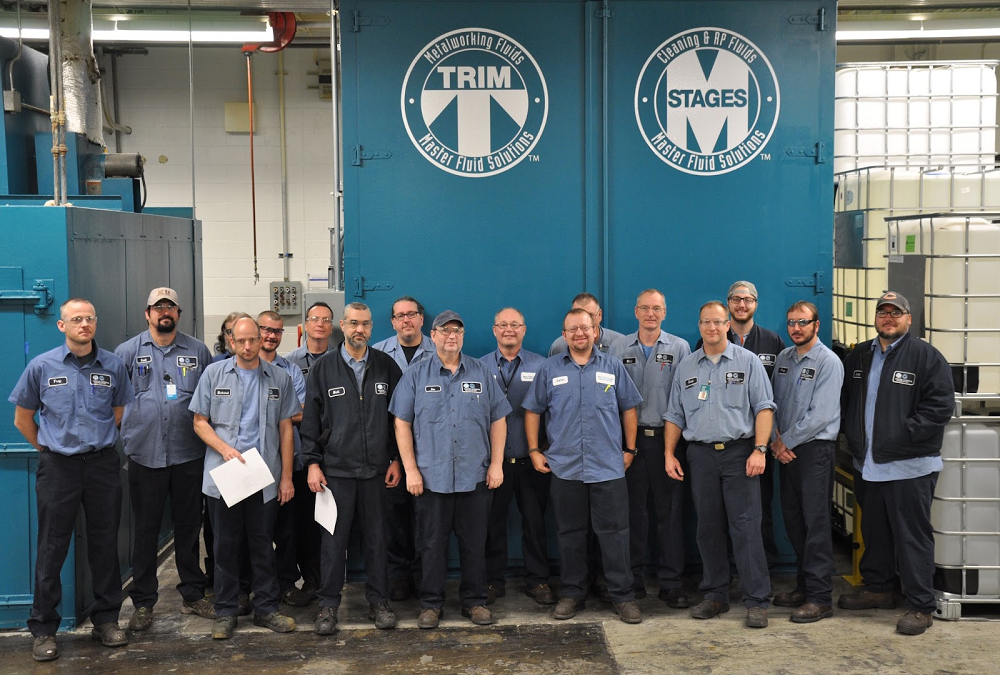Experts first warned of the skills gap in manufacturing more than three decades ago. During the pandemic, the shortage of skilled labor reached a critical point. Though manufacturing employment is now increasing past pre-pandemic levels, employers face additional labor challenges: 86% of manufacturing workers are experiencing burnout and could leave the industry. And with baby boomers comprising the majority of the manufacturing labor force, an estimated 50% of operations-related employees are set to retire before the decade is over.
In this challenging labor market, it’s critical to retain as many employees as possible, for as long as possible. This doesn’t have to entail making high-level changes. Simple improvements to the shop floor can be some of the most effective at keeping employees happy, engaged, and loyal. Let’s explore some of the most effective strategies to battle a manufacturing labor shortage.
Improve the Shop Floor, Beat the Manufacturing Labor Shortage
With the average 40-hour (or more) work week, people spend a significant portion of their lives at work. Ensuring they work in the best environment possible is one of the best ways to bolster retention rates. Here are a few straightforward ways to do that:
1. Keep It Clean
The most obvious way to improve the work environment is to keep it clean. Since it may not be practical to deep clean every single day, manufacturers should focus on preventing accumulation of dirt and contaminants in the first place. Switching to low-mist, low-residue metalworking fluids can actually improve operator morale and lower risk for manufacturers. Investing in proper machine cleaners compatible with the fluid in your sump and implementing maintenance best practices will extend fluid life and improve the shop environment. Keep supplies visible and readily available so workers can clean up spills immediately.
2. Improve Shop Flow and Safety
Analyze your shop layout and look for opportunities to create a safer or more harmonious environment. If possible, widen aisles or relocate equipment to optimize flow throughout the facility. Look out for tripping hazards or architectural defects that could cause injuries. You can even ensure better air quality by prioritizing lower hazard chemicals and long-lasting cutting fluids. Create a culture of efficiency, shop safety, and employee well-being.
3. Create New Incentives
Regular pay increases and other benefits may not always be feasible, but employers can incentivize more engagement directly on the shop floor. In fact, an Achievers Workforce Institute study found that 21% of employees are more likely to stay in their current role if they feel recognized. Consider employee appreciation days that involve free food and other perks. Monitor employee performance and regularly reward top workers with additional break times or other privileges. And sometimes the biggest gift can just be rest, so consider creating mandatory paid time off for employees on a monthly basis.
4. Build a Learning Environment
Upskilling the workforce is a challenge facing the entire manufacturing industry, but it doesn’t have to be limited to formal training programs. The shop floor your employees report to every day can be one of the most educational environments they come across. Consider implementing a shadowing program that creates a structure for employees to learn about what their coworkers do and explore different jobs at the company. Rotate fluid maintenance duties so more workers can learn about the importance of coolant. These practices will help all employees learn more universal and interchangeable skills that will further improve resilience during the manufacturing labor shortage.
From the economy to the supply chain, there are a lot of factors affecting the labor market that are completely out of employers’ hands. Manufacturers need to focus more on what they can control: namely, the way employees experience their work environment. One of the simplest ways to improve the space is investing in high-quality cutting fluid, a material that touches every aspect of an operation — including workers.
Need help improving your shop floor to navigate the manufacturing labor shortage? Get in touch to schedule a visit from one of our experts.

